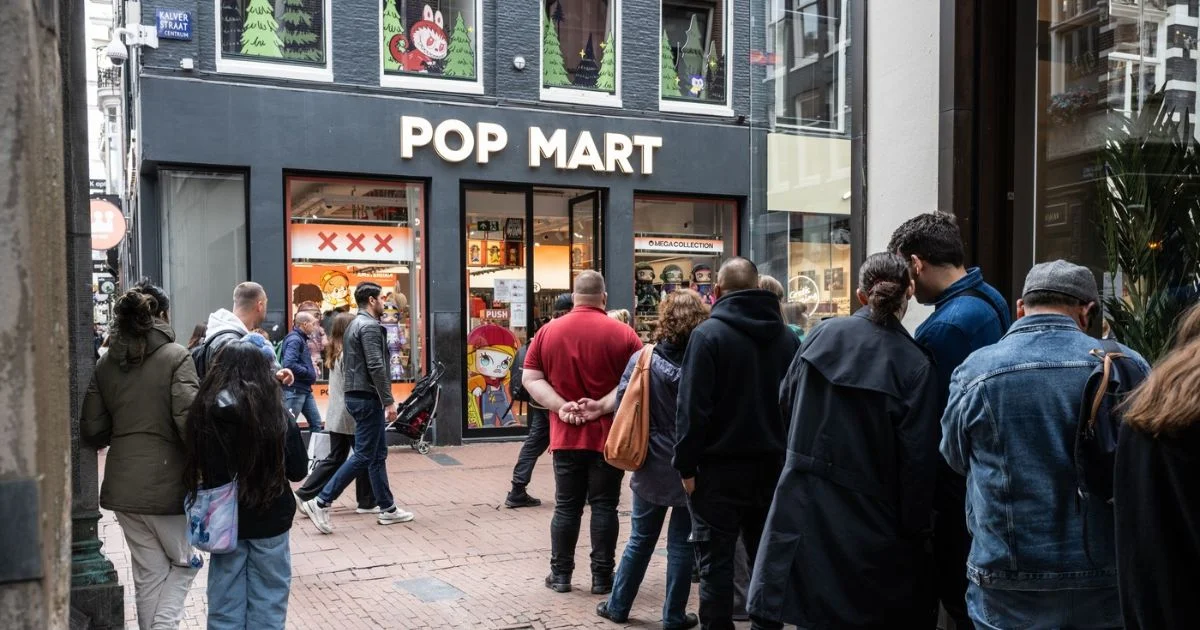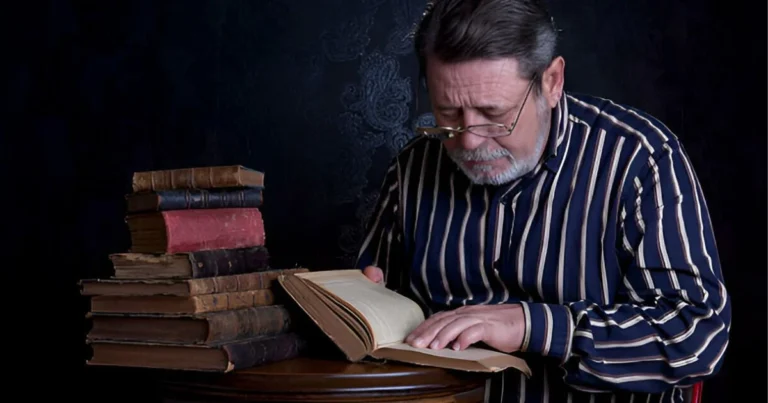Labubu, the weird icon everyone wants
In some cities, lines begin to form before sunrise. Outside Pop Mart stores, people wait for hours in hopes of leaving with a small, sealed box. Online, stock vanishes in seconds, while social media overflows with photos, excited unboxings, and carefully staged figurines.
The coveted object is Labubu, a strange creature with sharp teeth, an off-kilter smile, and eyes that are both vacant and piercing. Neither entirely scary nor truly endearing, it looks like something conjured from a feverish child’s dream: part cartoon monster, part stuffed animal worn thin by imagination.
Created by artist Kasing Lung, Labubu has become much more than just a figurine. It’s a global phenomenon, a collector’s item, a cultural marker. Some camp out overnight just to get one. Others scour resale platforms for that elusive “rare version.” For some, it’s an icon of the “ugly-cute” aesthetic, a disturbing kind of charm. For others, it’s merely a hyped object, stripped of meaning by consumer frenzy.
Still, beneath the excitement lies a deeper question: what does this obsession say about our time? Why does a deliberately unsettling character spark such devotion? Is our sense of taste evolving, or simply dissolving into blind adherence to trends? In its silent stillness, Labubu might reflect something far bigger: a generation searching for individuality in a marketplace that homogenizes even the bizarre.
🔗 Read also: The stolen identity
Weirdness is the new standard
Labubu’s allure lies in its ability to unsettle. Unlike the reassuring softness of traditional kawaii icons, with their pastel colors and rounded faces, Labubu presents an asymmetrical face, sharp teeth, and a precarious posture. It’s not quite cute, not quite creepy. It inhabits a visual limbo that demands attention.
This strange aesthetic breaks with convention and offers a sense of uniqueness. But is that oddness still a subversive act, or has it become a coded, consumable style? The question is worth asking.
Labubu seems to represent anti-conformity. The so-called “ugly-cute” or “endearingly weird” aesthetic relies on a cognitive tension, a stimulus that seems threatening at first but is wrapped in childlike, disarming elements. This dissonance intrigues and often captivates. Strangeness becomes a hook: it breaks norms, sparks curiosity, and can even create a sense of exclusivity for those who embrace it. In this way, weird has become a style, and that style, a trend.
The real surprise isn’t Labubu’s popularity, but how quickly its weirdness became desirable, before it was even understood. Enthusiasm often precedes judgment: people buy it because “everyone’s talking about it,” because “it’s original,” because “it’s trending.” Aesthetic appeal becomes a social signal before it’s a personal experience. Pleasure comes after the purchase, perhaps only after external validation. This reflects mimetic conformity, a tendency to align our tastes with the group’s, even against our initial instincts.
That shift raises a concern: are we still guided by personal preferences, or swept up in the collective current of shared taste? Is our fascination with the bizarre still an act of freedom, or just a new form of aesthetic obedience?
🔗 Explore further: Fetishes: How objects become sacred
Do we like it, or just like to be seen with it?
Do we love an object for what it is, or for what it says about us? This unspoken question haunts Labubu’s meteoric rise. Beyond its appearance, it’s visibility that drives its appeal. Few toys have been so obsessively photographed, staged, or featured in perfectly curated Instagram stories. Labubu is no longer just a figure, it’s a narrative device, a tool for self-construction.
This constant staging isn’t trivial. It transforms the object into a social symbol, evidence of what we consume, understand, and above all, share with a community. Posting about Labubu is a way of declaring cultural fluency, signaling that we’re in touch, connected, and tuned into the “right” aesthetic.
But this process affects how we experience things. The gaze of others starts to shape our own perception. Aesthetic pleasure shifts from an intimate encounter with the object to the external validation it brings. Do I like Labubu, or do I like that others find it desirable? In other words, our sense of beauty or interest is sometimes dictated, unconsciously, by collective approval. And with Labubu, that viral pull is hard to ignore.
That doesn’t mean we’re wrong to enjoy it. But it invites a pause. Today, the bizarre no longer disturbs, it gives the illusion of difference. Surprise becomes a product, and originality, just another trend. Labubu functions as a cultural mirror: it reflects both a genuine desire to stand out and a rushed impulse to own what sets us apart, before we even grasp its meaning. It shows how personal taste can be diluted into shared aesthetics, shaped by group dynamics and the urgency of socially programmed desire.
But the question remains: is “everyone wants it” really enough to make us believe we want it too?
🔗 Discover more: The crowd: A study of the popular mind – A visionary look into group dynamics
Do we still have personal taste, or just trending preferences?
Labubu is neither a cultural threat nor an overlooked masterpiece. It doesn’t symbolize aesthetic decline or silent revolution. It is, above all, the product of a specific cultural moment, where several forces intertwine: impulse-driven consumerism, a craving for distinction in saturated digital spaces, fascination with the unconventional, and the commercialization of weirdness.
At this crossroads, Labubu becomes a revealing artifact. It crystallizes tensions far greater than its small size suggests. On one hand, it answers a deep need for individuality, a desire to own something different, to break from predictable norms. On the other, it circulates within a system that reduces uniqueness to a repeatable motif, a marketable style, a standardized form of difference. That’s the paradox: Labubu is meant to represent marginality, while being mass-produced.
In this light, it’s not the object itself that’s at stake, but our relationship with it. What matters isn’t the figurine, but what it provokes, how it reflects our impulses, reveals our susceptibility to influence, and blurs our aesthetic judgment. In Labubu, we see taste shaped by social currents, a longing for originality in a world where even originality is mass-produced.
This phenomenon isn’t about mocking those who love it or dismissing their choices. The issue isn’t blind admiration versus cynical rejection. The real challenge lies in shifting our perspective, from the object itself to the symbolic dynamics surrounding it.
Labubu is more than just a figurine. It embodies deeper questions: what does it say about our taste, our norms, our identities shaped through aesthetic codes? In a world saturated with images and trends, it becomes harder to distinguish what we truly like from what we consume because it’s in fashion. In that sense, Labubu isn’t just a trend, it’s a mirror of our aesthetic habits. And only by taking that mirror seriously can we begin to understand what, in this little odd character, truly concerns us.
To raise these questions is not to judge, but to understand. And through that understanding, perhaps recover a bit of aesthetic clarity, a freer, sharper, more personal gaze, in a world where taste sometimes becomes little more than a chain reaction.








